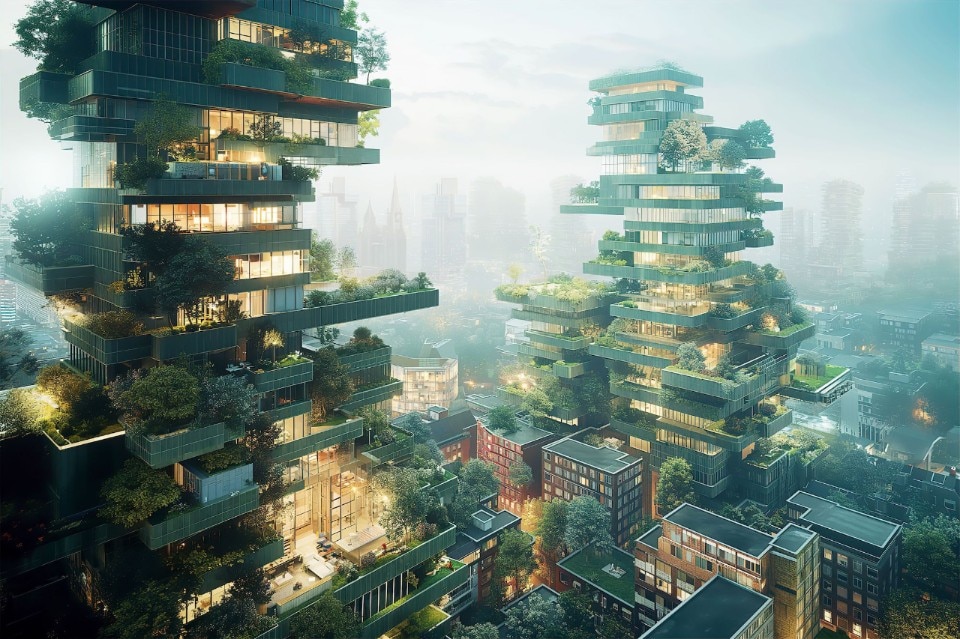The new publication “WHAT-IF: Nederland 2100”, bringing together three Dutch design studios – MVRDV, IMOSS, and Feddes/Olthof – attempts an analysis of the complex climate situation that the Netherlands is likely to face in the next century, especially considering the delicate situation of rising sea waters. Published by the Ontwerp NL platform in collaboration with the Interior Ministry’s “Beautiful Netherlands” program, the study aims to make the future imaginable for a broad audience and to indicate the steps needed to get there.
To provide a framework on which to base the work of all three studies, MVRDV developed the decision matrix, introducing factors such as the severity of global warming, population growth and sea level rise. This guiding framework helps to define a coherent plot for a future scenario, thus offering an underlying explanation for each of the proposed visions.
For all three studies, it was decided to start with the ultimate extreme scenario: maximum projected global warming and maximum projected population growth. In this case, extreme sea-level rise would mean that the western parts of the Netherlands, now home to the country's largest cities and most of its population, would no longer be protected from the sea, dividing the state between “water cities” in the west and the higher, drier “sand cities” in the east.

According to MVRDV’s vision, in the east, built-up cores become hyper-dense, with all land uses brought to high intensity. Unlike the current situation, these cities will be tasked with accommodating most of the population growth and economic activities, while the agricultural program will be covered by vertical farms.
Meanwhile, waterlogged western cities may take a very different path. To protect major buildings, the historic centers of cities like Amsterdam would be surrounded by large raised dikes. Outside these dikes, on the other hand, neighborhoods developed after the war would adapt to a new life in harmony with the water. Ground floors will be emptied with rooftop extensions that will compensate for flooded housing, while a new network of ground level walkways will connect buildings.
























